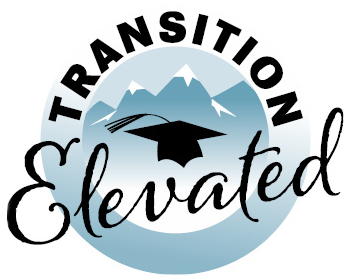After Transition Planning
Transition planning doesn’t stop at graduation — it’s meant to prepare students for life beyond high school. As school services end, students may begin working, pursuing further education, or learning to live more independently. This stage focuses on making sure those next steps are supported and realistic.
🏫 What Happens After High School?
When does the IEP end?
A student’s IEP ends when they graduate with a regular diploma or turn 22, whichever comes first. At that point, school-based services end — but new supports may begin through adult service programs.
What happens to the transition goals?
Transition goals are meant to launch students into adult life. While the IEP formally ends, students should continue working toward those goals — often with help from outside agencies or college disability offices.
👨👩👧 Adult Services and Supports
Who supports me after I graduate?
After high school, support often shifts to community agencies. Common partners include:
- Vocational Rehabilitation (VR): Job readiness, training, and placement
- DSPD: Long-term support for daily living, housing, and community access
- College Disability Services: Academic accommodations and coaching in higher education
How do I connect with these services?
Ideally, these connections begin during high school. If they haven’t yet, talk to your IEP team or counselor. You can also visit the Support Networks & Collaboration page for more guidance.
📋 Planning for Independence
What if I want to live on my own after high school?
Independent living is a common goal — but it takes time and planning. You can start learning daily skills like cooking, budgeting, transportation, and managing health care while still in school. The During Transition Planning page has tips on how to begin.
What kinds of skills should I be working on now?
Life after high school takes more than academic knowledge. Students should be building:
- Time management and organization
- Self-advocacy and communication
- Using community resources (like buses, clinics, libraries)
- Financial literacy (basic banking, budgeting, saving)
- Health management (appointments, prescriptions, insurance)
What if things don’t go as planned?
That’s completely normal. Life after high school can include detours, new goals, and unexpected changes. What matters most is staying connected, flexible, and confident in adjusting your plan. The Student & Family Hub has more resources to help you navigate next steps.
Tip: Transition planning doesn’t guarantee a perfect future — but it gives you tools, relationships, and a head start. Keep asking questions, making connections, and following your goals — one step at a time.
